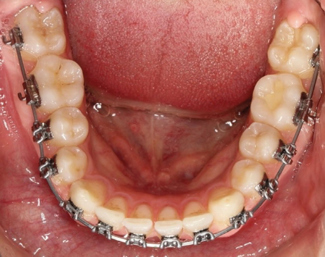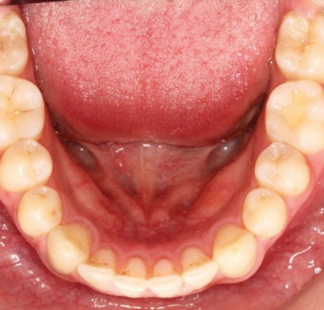Article
Placing a flexible archwire through a significantly rotated or displaced molar tube from the mesial can be almost impossibly difficult (Figure 1). This trick of the trade describes an alternative method of access to help ensure efficient placement, allowing early alignment of the rotated or displaced tooth.
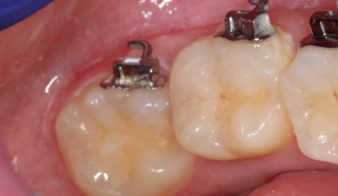
This simple solution involves inserting a flexible 0.016” Sentalloy NiTi archwire from the distal opening of the molar tube (Figure 2). Aim to hold the archwire with a clip 10 mm from the distal end of the and thread it through the distal end of the tube (Figure 3). Pick up the protruding portion of the wire on the mesial aspect (Figure 4) and thread it through the adjacent molar tubes (Figure 5). Finally, pull the archwire all the way forward before tying it in to the remaining molar tubes and bracket slots as usual. Within a couple of months, the displaced molar will be sufficiently aligned to allow insertion of an 18/25 Neo-Sentalloy NiTi wire if thought appropriate.
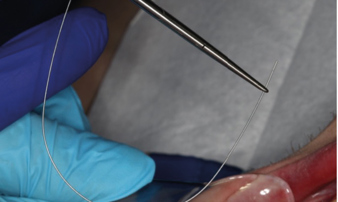
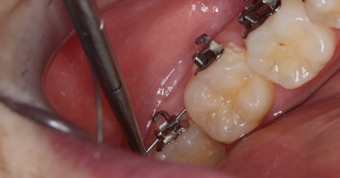
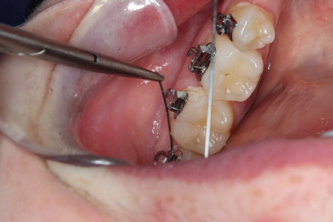
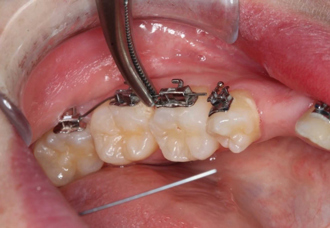
Figures 6–8 also demonstrate the effectiveness of this technique.

